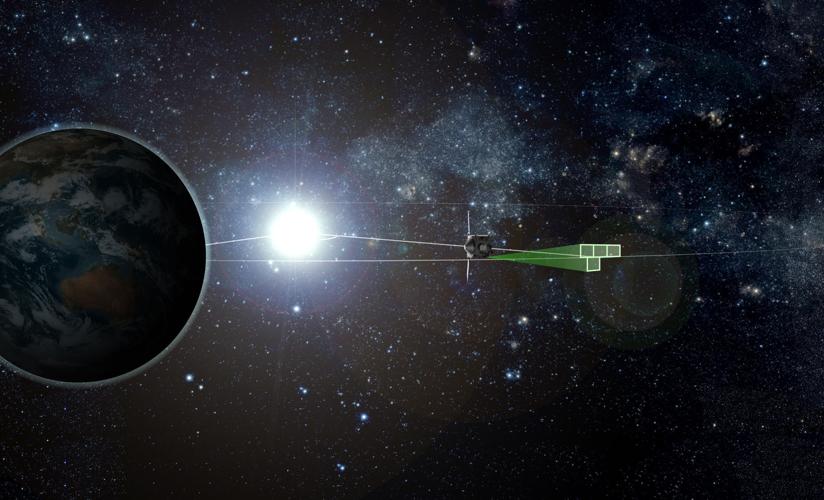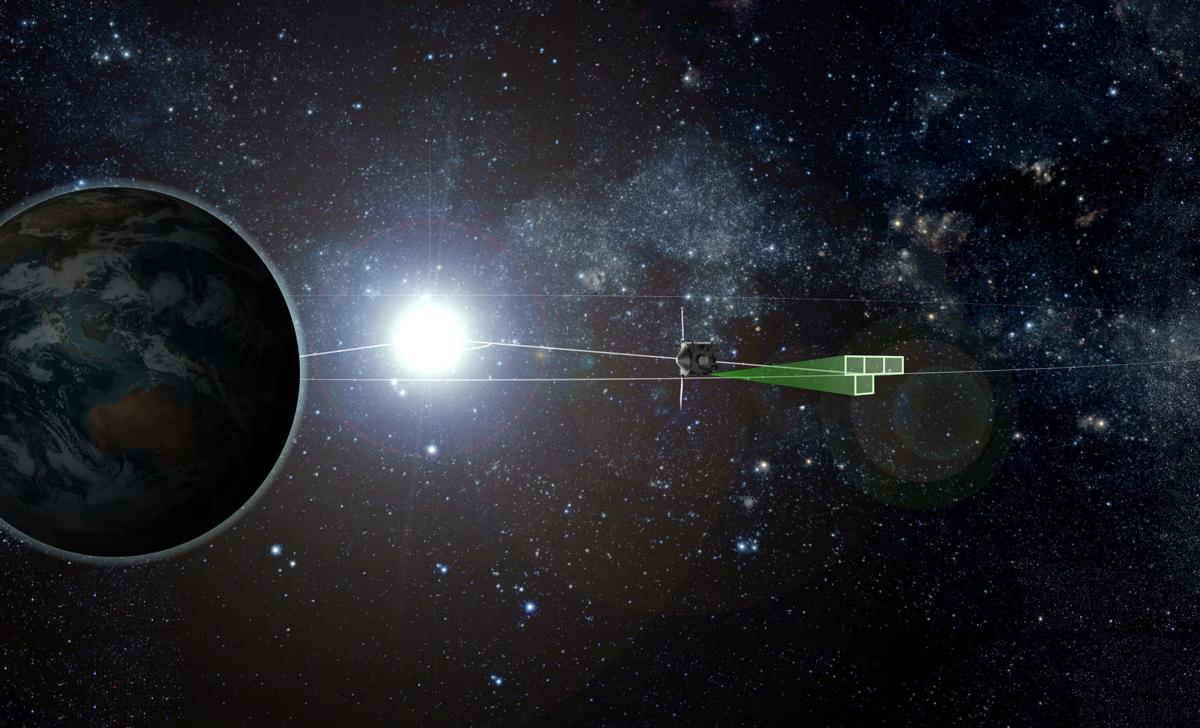The OSIRIS-REx spacecraft didn’t find any Earth Trojans caught up in Earth’s orbit during its February search for asteroids, but its cameras worked better than expected in a critical test of their capability.
University of Arizona planetary scientist Dante Lauretta, principal investigator for the NASA mission to sample a primordial asteroid named Bennu, said the spacecraft’s MapCam imager had a “much higher sensitivity” than it was designed to have.
The camera, built by a team of UA scientists and engineers, uses software developed by the university’s asteroid-hunting Catalina Sky Survey to search the sky for faint, moving objects.
It found plenty of them in the February search — 17 Main Belt asteroids in a patch of sky where the scientists predicted they would find only four. MapCam found moving objects two magnitudes fainter than its design specifications required.
“Our cameras, especially MapCam, have a much higher sensitivity than we designed them to be,” Lauretta said.
The fact that it found no nearby Trojans was not a disappointment, Lauretta said. “It’s still a scientific result,” he said.
Lauretta said his colleague Renu Malhotra, also with the UA Lunar and Planetary Laboratory, is already working with the image data sent to Earth by the spacecraft to determine what the lack of Trojans might mean. The spacecraft searched only a small percentage of the “cloud” where Trojans might be expected.
Malhotra had suggested the asteroid search to Lauretta because it was cruising by a stable gravitational pocket, known as a Lagrange point, where asteroids are predicted to be caught up in Earth’s orbit.
Trojans have been found in the orbits of Venus, Mars, Jupiter, Uranus and Neptune, but only one Earth Trojan has been found.
NASA approved adding the Trojan search after UA scientists suggested adding a scientific mission to a scheduled test of the cameras.
“The primary reason we ran that activity was to rehearse the team, provide kind of a shakedown exercise,” Lauretta said.
Lauretta said the rehearsal proved the team is ready for its 2018 arrival at Bennu, when those cameras will search for any objects that could lie in the path of its rendezvous.
It will return a sample of the asteroid to Earth in 2023.







